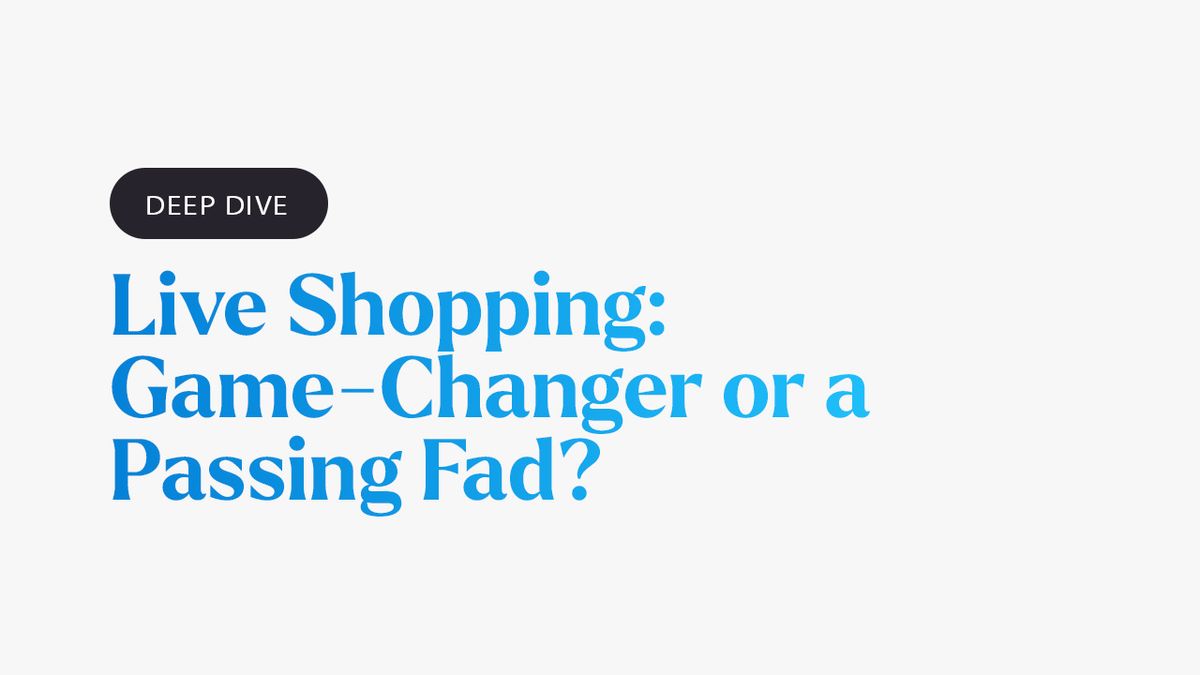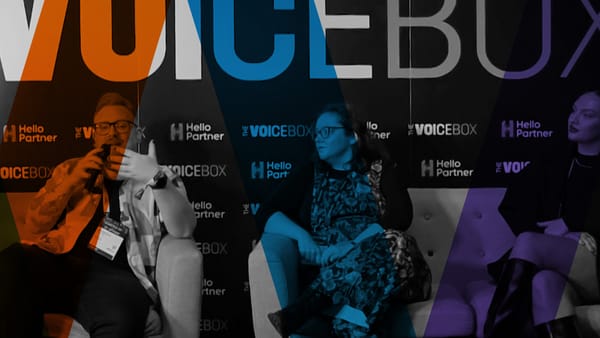Live stream shopping has been growing in popularity in recent years, particularly in the FMCG retail industry. The QVC-style e-commerce offering allows customers to watch live videos of a product being demonstrated or showcased by a host or influencer, and purchase the product directly from the video stream.
One of the initial drivers of the rise in popularity of live stream shopping is the increasing use of social media platforms, particularly Instagram, Facebook, and TikTok, as well as dedicated live-streaming platforms, such as Twitch and YouTube. These platforms have evolved to allow hosts to reach large audiences in real-time and engage with customers through comments and interactions, creating a more personalised shopping experience.
The fun really began during the pandemic, as consumers were looking for new ways to shop and innovative ways to stay entertained. With the knowledge that social media influencers are successful in driving their audience to invest in new products, for brands, live shopping provides a way to utilise the communities of influencers to showcase products and engage with customers in a way that is more interactive and engaging than traditional online shopping, thus, selling more products.
As with the discussion of any up-and-coming trend in the influencer marketing space, platforms, brands, and creators were quick to start experimenting with the new so-called phenomenon.
TikTok has hosted live shopping events for holidays such as Black Friday, and Meta has experimented with ‘super live streaming’. But since these pandemic time activations, the hype has died down, and investment in live shopping offerings has been stripped back.
In July 2022, TikTok paused its plans to expand its live shopping offering in Europe and the US. Despite the live stream commerce feature taking off when it was launched on TikTok’s Chinese sister app, Douyin, which saw sales more than triple year on year, selling more than 10 billion products. The results in the UK and Europe were just not reaching the goals that were set based on Douyin’s success.
Facebook followed closely after, and as of 1st October, two years after releasing its live shopping, Facebook shut down its live shopping offering in order to put a greater focus on Reels-style content, putting itself in a stronger position to compete with TikTok.
So with the largest platforms seemingly stripping back their live shopping focus due to lack of uptake in the US and UK, what do those deeply nestled in the influencer marketing and social commerce have to say about the future of live stream shopping?









